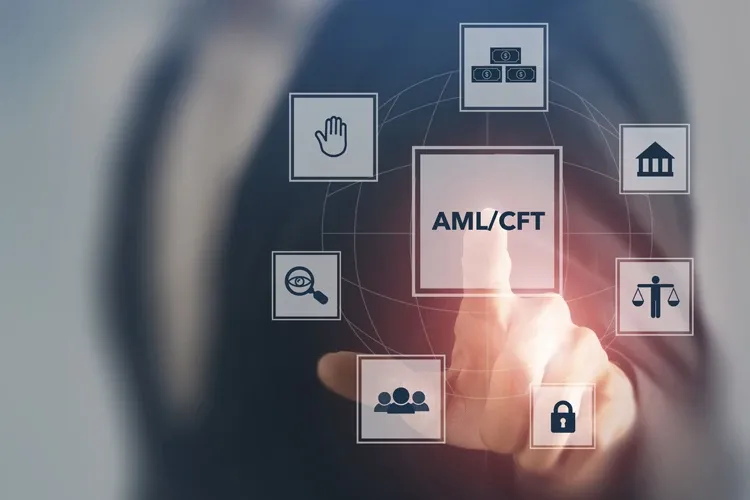Objectives
At the end of the training, participants will:
- Understand AML/ CFT’s definitions.
- Understand the concept of money laundering and the salient features of the Anti-Money Laundering Act and Regulations in UAE.
- Understand the concept of customer due diligence (CDD), its requirements and application and the different levels of CDD and the specific processes/issues related to them.
- Identify covered and suspicious transactions.
- Understand record-keeping requirements.
- Learn how to protect your company from the risk of money laundering, terrorism financing.
- Understand the implications and penalties for non-compliance with AML/CFT legislation and regulatory requirements.
- Get updated AML/ CFT practices.
Who Should Attend This Training?
- All job levels specialized in anti-money laundering and combating the financing of terrorism (AML/CFT);
- All job levels specialized in regulatory compliance, and
- All job levels specialized in risk management.
- Anyone interested in the subject.
Course Outline
The Role of FSC Code on the Prevention of Money Laundering & Terrorist Financing
- Background and Scope
- Sanctions for non-compliance
- Core AML/ CFT principles
Money Laundering and Terrorist Financing
- What Is Money Laundering? And
- Stages involved in Money Laundering
- Terrorist Financing
International AML/CFT Initiatives
- Financial Action Task Force (FATF)
- Basel Committee on Banking Supervision
- The Wolfsberg Group
- International Organisation of Securities Commissions (IOSCO)
- International Association of Insurance Supervisors (IAIS)
EXTRA TERRITORIAL POWERS OF THE UNITED STATES
The Legal Framework in UAE
- Over view of the Law on Combatting Money Laundering and Terrorism Financing
- Financial Intelligence Unit
- National Anti-Money Laundering Committee
- Punishment and Offence
- Rules and Guidance
Internal Controls and Money Laundering Reporting Officer
- Internal Controls
- Appointment of The Money Laundering Reporting Officer (MLRO)
- Notification of The Appointment of The Money Laundering Reporting Officer
- Role of The Money Laundering Reporting Officer
- Rules and Guidance
Customer Due Diligence
- Customer Due Diligence Measures – “CDD MEASURES”
- Identification and verification of applicants for business who are natural persons
- Identification and verification of applicants for business who are legal persons/arrangements Acquisition of a Business or Block of customers.
- Source of Funds/Property and Source of Wealth
- Appropriate Certification
- Eligible and Group Introducers
- Omnibus Accounts
- Timing of Verification of Identity
- Existing Customers
High Risk and Low Risk Relationships
- Risk Profiling
- High Risk Relationship
- Enhanced Due Diligence Measures
- Politically Exposed Persons (PEPs)
- Non face-to-face business relationships
- FATF Statements and non-equivalent jurisdictions
- Low Risk Relationships
- Simplified or Reduced Due Diligence Measures
On-Going Monitoring, Recognising and Reporting Suspicious Transaction / Activity
- On-Going Monitoring
- Complex Arrangements
- Recognising Suspicious Transaction and Activity
- Obligation and Failure to Report
- Reporting Suspicions to the FIU
- Communicating with Customers and Tipping Off
- Constructive Trusts
Training and Culture
- Awareness and Training
- Screening and Hiring of Employees
- Relevant Employees
- On Going Training
- MLRO Training
- Training Methods
- Culture
Record Keeping
- General Requirements
- Customer due diligence information
- Transactions
- Internal and external suspicious reports
- Training
- Compliance monitoring
- Forms of Record and Record Retrieval
- Period of Retention
- Inspection of Records
FATF Recommendations
Case Study.











![دورة الإدارة المالية للعقارات ذات الملكية المشتركة [M-206]](https://kenzicdn-1f250.kxcdn.com/cdn/ierei/1EBF4DED-FF70-4A7F-9038-8E32D1F9C109.webp)


